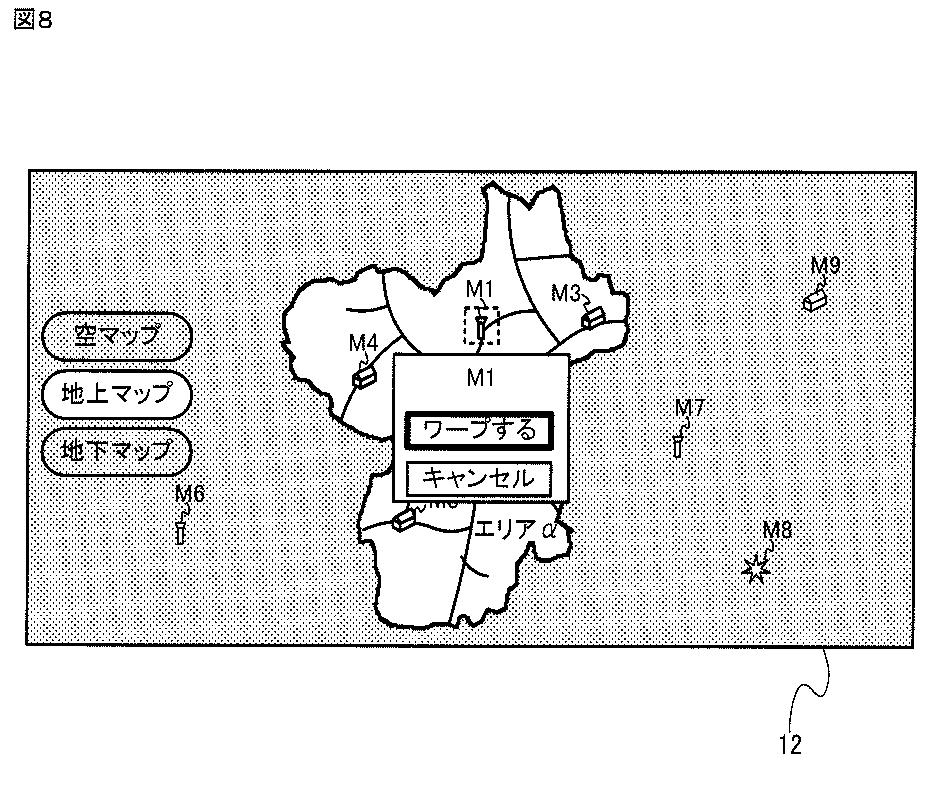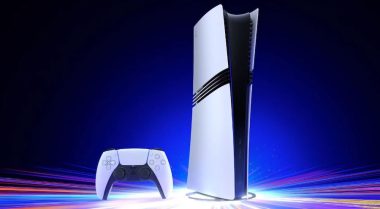Nintendo registers numerous new patents from Tears of the Kingdom, even for loading screens

Nintendo has made a significant number of their registered patents public in the past month, and an overwhelming number of them seem to pertain to The Legend of Zelda: Tears of the Kingdom. Various aspects of Tears of the Kingdom’s mechanics and gameplay being patented had been a topic of discussion in the past as well, with some being of the opinion that Nintendo may be a tad too aggressive with their patents, registering functionalities that could be considered “too general” and unfair to block by patenting. Among the patents recently made public, there are some functionalities which seem to be rather “basic,” but a thorough look at them does reveal unique points as well.
Within Japan’s game and entertainment industry, Nintendo stands out for the volume and competitiveness of their patents. In a study by Patent Result, it was found that Nintendo’s patents had been cited as ground for rejection of other companies’ patents in 180 cases during the year 2022 (Related article). A large portion of Nintendo’s patents are unsurprisingly related to technology used in the latest entry to the Zelda series, Tears of the Kingdom.

In the period between July 10 and August 4, Nintendo made public a total of 32 patents, 31 of which seem to be related to Tears of the Kingdom, including patents pertaining to more general mechanics and in-game abilities such as Ultrahand and Fuse, as well as more specific patents related to the abilities of certain side characters, such as Riju’s remote lightning attack.
One patent (as spotted by naoya2k) that appears to be “obvious” as a functionality at first glance is related to the calculations performed while Link rides on top of objects. The solution is described as follows: “the movement of movable dynamic objects placed in the virtual space is controlled by physics calculations, and the movement of the player’s character is controlled by user input. When the player’s character and a dynamic object come in contact in the downward direction relative to the character (in other words, when the character is on top of an object), the movement of the dynamic object is added to the movement of the player’s character.”

Put simply, the game judges when Link is making contact with a movable object underneath him, and if the object moves, Link will automatically move in the same way and speed as the object does, without any input being made.
The functionality seems at first glance to be a given for any game with a similar environment, but according to an observation by naoya2k, what makes Nintendo’s solution unique is that there are no physics working between Link and the dynamic object. Since both the character and object use physics, the most straightforward solution would be that Link moves together with the moving objects he is on top of as a result of physics (such as frictional force), but Nintendo apparently decided that what works better game-wise is Link being given the same movement that the object is performing, without any physics working between the two. At the same time, it’s still hard to firmly state there are no predecessors to the mechanic.
A related patent defines a mechanic that prevents Link from grabbing an object he is on top of using Ultrahand, which also seems rather intuitive. The patent does, however, go into details such as the mechanic also blocking Link from using Ultrahand on objects which have been joined to an object he is on top of.

A rather unexpected mechanic of Tears of the Kingdom that has been patented by Nintendo is the very brief loading sequence that commences when using fast travel to instantly relocate to another place in the vast world. The patent is a solution to providing “a game processing method capable of enriching game presentation during a waiting period in which at least part of the game processing is interrupted” and consists of filling up the loading period that ensues after the user inputs their fast travel destination with a sequence in which an image of the starting point’s map transitions into a map of the destination. After this sequence, the character is placed into the virtual space of the destination.

It’s fascinating to see that even game mechanics that most will barely register while playing, such as a loading screen sequence, can be legally protected patents. When asked what technology used in Tears of the Kingdom is new and unique, surely no one would think of the map transition that happens in between fast travelling. It just goes to show how thoroughly designed every aspect of the game is, whether apparent or running in the background.
At the same time, the detailed patenting by Nintendo has also been criticized as excessive by some, both in the sense of them patenting mechanics that have seen predecessors, such as the time manipulating ability Recall, as well as in the sense of blocking other developers from using mechanics that players would want to see implemented elsewhere as well.





The whole vehicle physics mechanic can be seen from the indie title being developed by Axolot games known as Scrap Mechanic. Comparing the gameplay between TOTK and SM, how the player visually interacts with the “vehicle” is almost identical. Additionally, the block interaction features have been seen back in Banjo & Kazooie nuts and bolts.